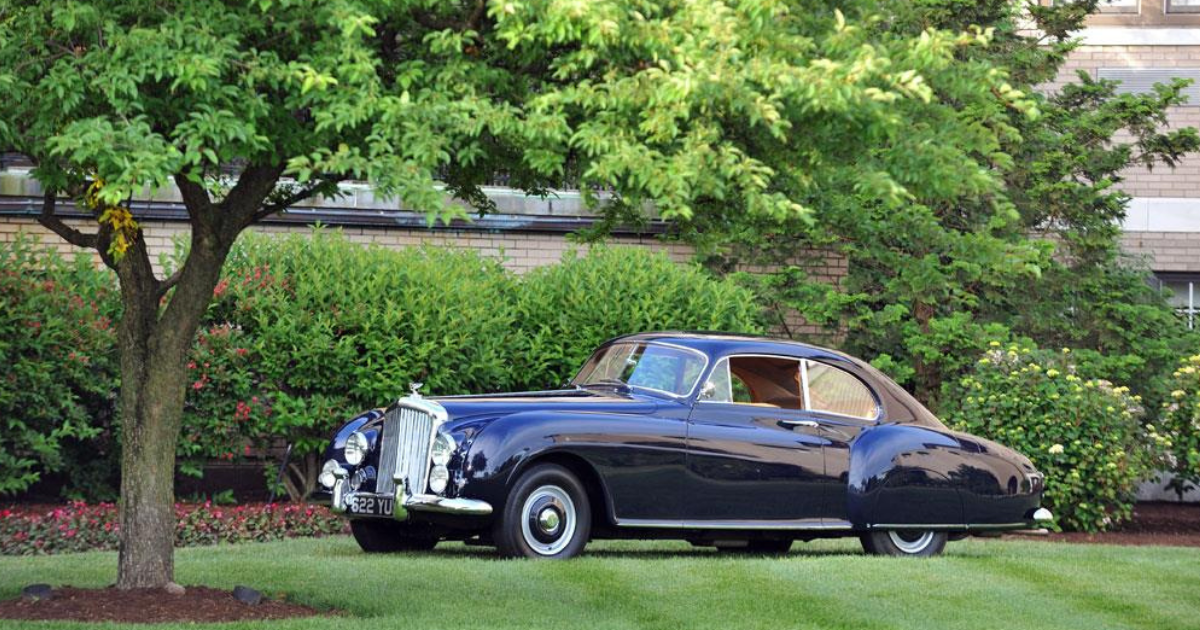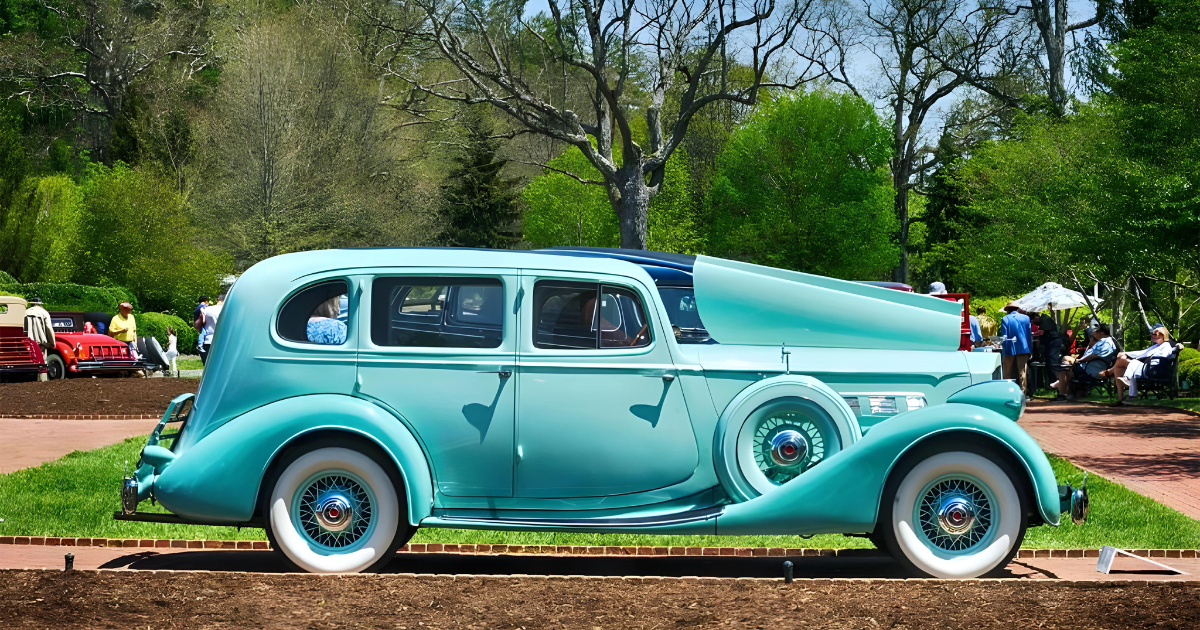
Talbot, a significant player within the Sunbeam-Talbot-Darracq amalgamation, carved out a notable legacy in the automotive world, particularly during the 1930s. Much of its success can be attributed to the visionary engineering prowess of Georges Roesch, a Swiss-born engineer who spearheaded the development of some of Talbot’s most iconic vehicles.
Roesch’s journey with Talbot began in 1916 when he assumed the role of Chief Engineer. At a time when the company faced significant challenges, Roesch’s innovative approach breathed new life into Talbot, laying the foundation for its future success. One of his most significant contributions was the introduction of the groundbreaking 14/45 model in 1926.

The 14/45 was not just another car in Talbot’s lineup; it represented a strategic shift towards a one-model strategy. Despite its modest 1.7-liter engine, the 14/45 offered exceptional performance and comfort, making it a popular choice among consumers. Roesch’s meticulous engineering ensured that the car delivered a smooth and flexible driving experience, setting a new standard in its segment.
Its sleek and aerodynamic design, coupled with advanced engineering features, made the 14/45 a standout in the competitive automotive landscape of its time. With its reliability and versatility, it quickly gained a reputation as a dependable and practical choice for drivers seeking both performance and affordability.

Building upon the success of the 14/45, Roesch continued to refine Talbot’s offerings, introducing models like the 75 and 90, which featured larger 2.3-liter engines. These models further solidified Talbot’s reputation for producing high-quality vehicles with impressive performance capabilities. The introduction of the 105 model in 1931 marked another milestone for Talbot, with Roesch incorporating innovative features like staggered valves to enhance engine performance.

Throughout the 1930s, Roesch spearheaded numerous technical advancements at Talbot, including the introduction of Luvax adjustable dampers and the Wilson pre-selector gearbox in 1933. These innovations not only improved the driving experience but also showcased Talbot’s commitment to engineering excellence.
In 1935, Talbot made headlines with the introduction of its automatic “traffic clutch,” a groundbreaking feature that allowed for sequential upward gear changes. This innovative technology demonstrated Talbot’s forward-thinking approach to automotive engineering and further solidified its position as a leader in the industry.

Despite its success and prominence in the automotive world, Talbot’s journey was not without its challenges. In 1937, the company was discontinued by its new owner, Rootes, marking the end of an era for Talbot. However, its legacy lives on through the innovative designs and engineering achievements of Georges Roesch, whose vision and leadership propelled Talbot to great heights during the 1930s.




